The Pontiac Trans Am, born in 1969, carved a legend with its raw power and in-your-face style. Though Pontiac closed in 2010, the Trans Am’s legacy—big V8s, sharp handling, and cultural swagger—screams for a revival. Here are ten reasons, packed with specs and history, why a factory comeback makes sense for those who live for classic muscle.
1969 Roots Run Deep
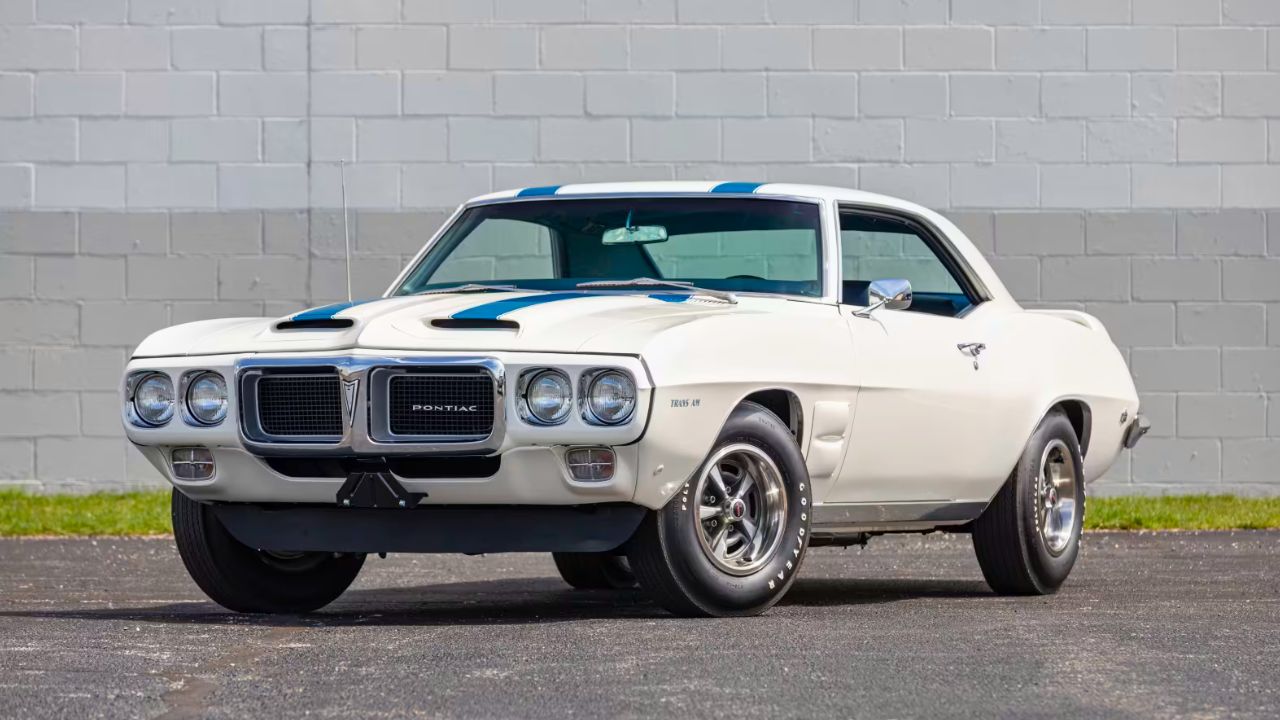
The 1969 Trans Am debuted with a 400-cubic-inch Ram Air III V8, pumping out 335 hp and 430 lb-ft of torque. It hit ~120 mph with a four-speed manual, per Motor Trend. On a 108-inch wheelbase, it weighed ~3,400 pounds.
Its white-and-blue paint and hood scoops turned heads. The interior had vinyl buckets and a basic dash, but the rally gauge cluster was sharp. Only 697 were built, fetching $55,000–$440,000 today, per CLASSIC.COM. Its rarity and performance make it a muscle car icon worth reviving.
1970s Cultural Star
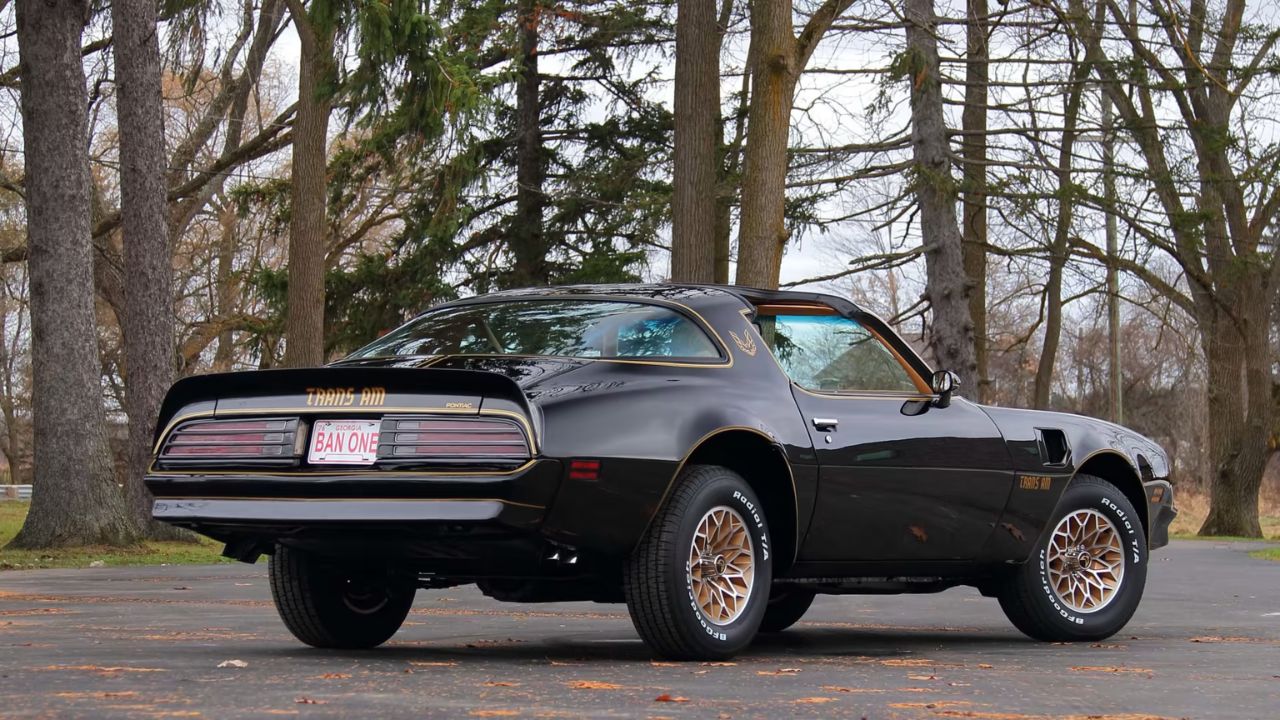
The 1977 Trans Am, featured in Smokey and the Bandit, had a 400-cubic-inch V8 making 200 hp and 325 lb-ft, reaching ~110 mph with a three-speed automatic. Its 116-inch wheelbase and 3,800-pound frame were solid, per Hemmings.
The black-and-gold look with the “Screaming Chicken” decal defined an era. Its vinyl interior with optional T-tops and console felt plush. Over 116,000 sold in 1979, per Hagerty. Its Hollywood fame and bold presence demand a modern take.
1973 Super Duty Power
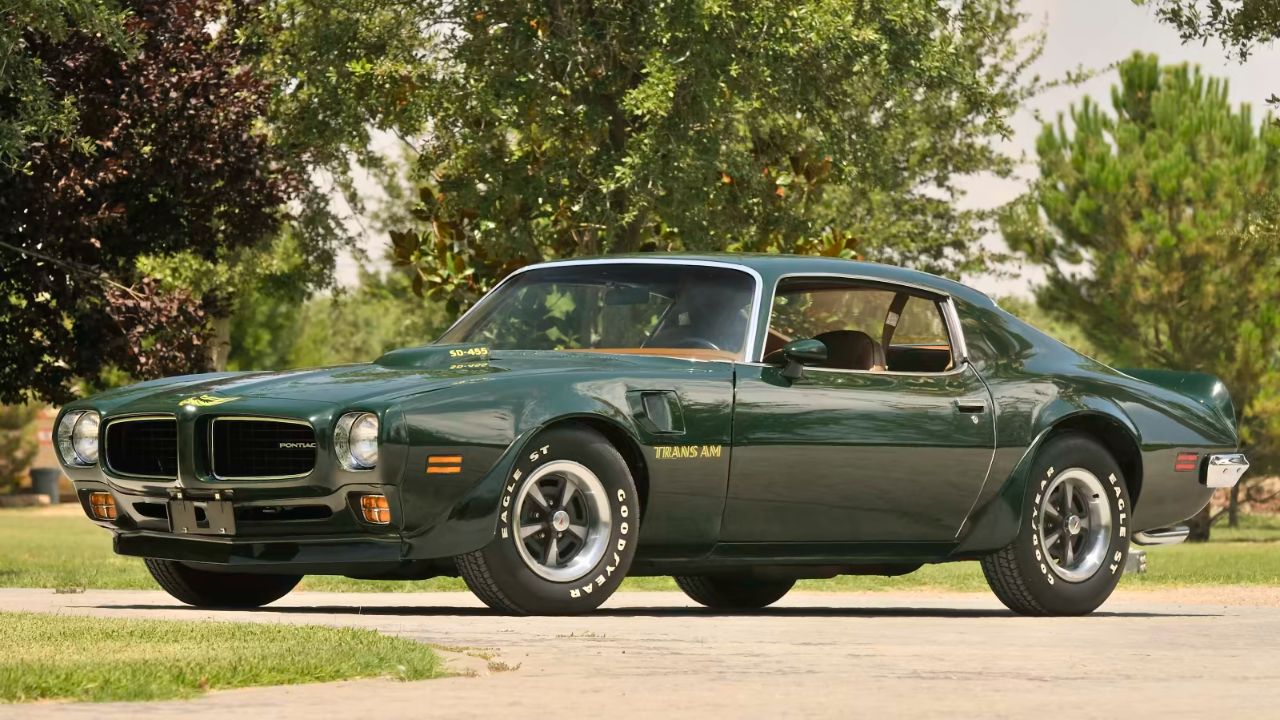
The 1973 Trans Am’s 455-cubic-inch Super Duty V8 delivered 290 hp and 390 lb-ft, hitting ~115 mph with a three-speed automatic, per High Performance Pontiac. The 108-inch wheelbase kept it planted at ~3,900 pounds.
Its shaker hood and honeycomb wheels stood out. The interior offered oxblood vinyl buckets and a Formula steering wheel. With only 252 Super Duty units built, values hit $50,000–$150,000, per Hagerty. Its raw power in a tough era shows why it deserves a comeback.
1980 Turbo Experiment
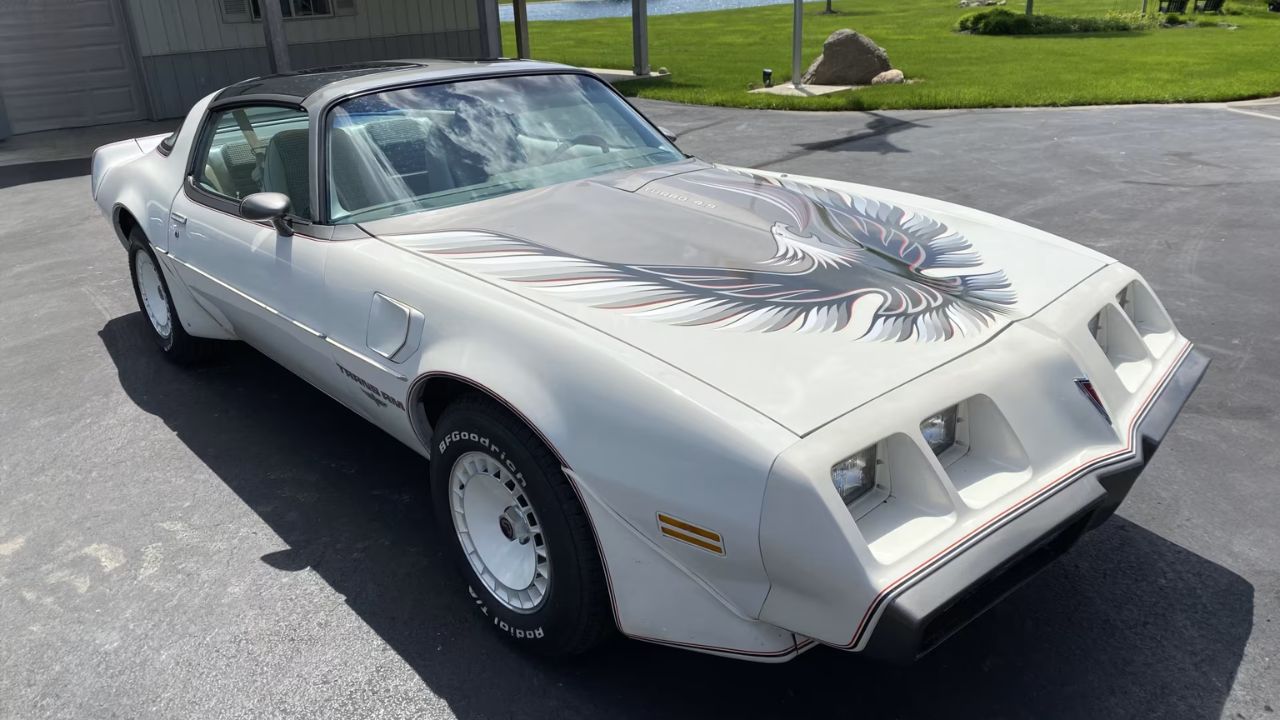
The 1980 Trans Am Turbo used a 301-cubic-inch V8 with a Garrett turbo, producing 210 hp and 345 lb-ft, reaching ~105 mph with a three-speed automatic. Its 108-inch wheelbase and 3,700-pound weight felt nimble, per Motor Trend.
The turbo hood bulge and optional T-tops were cool touches. Its vinyl buckets and basic dash were functional, with an optional boost indicator. Despite emissions constraints, it outran the 1980 Camaro Z/28. Its forward-thinking forced induction begs for a modern revival.
1989 Turbo V6 Pace Car

The 1989 Trans Am 20th Anniversary Pace Car had a turbocharged 3.8-liter V6, making ~250 hp and 340 lb-ft, hitting 60 mph in 4.6 seconds and 150 mph, per Car and Driver. It weighed ~3,500 pounds on a 101-inch wheelbase.
Its white paint and tan leather interior, with Recaro buckets, felt premium. Only 1,555 were built, now valued at $30,000–$70,000, per Hagerty. Its surprising V6 performance proves a new Trans Am could blend efficiency and power.
1998 LS1 Muscle
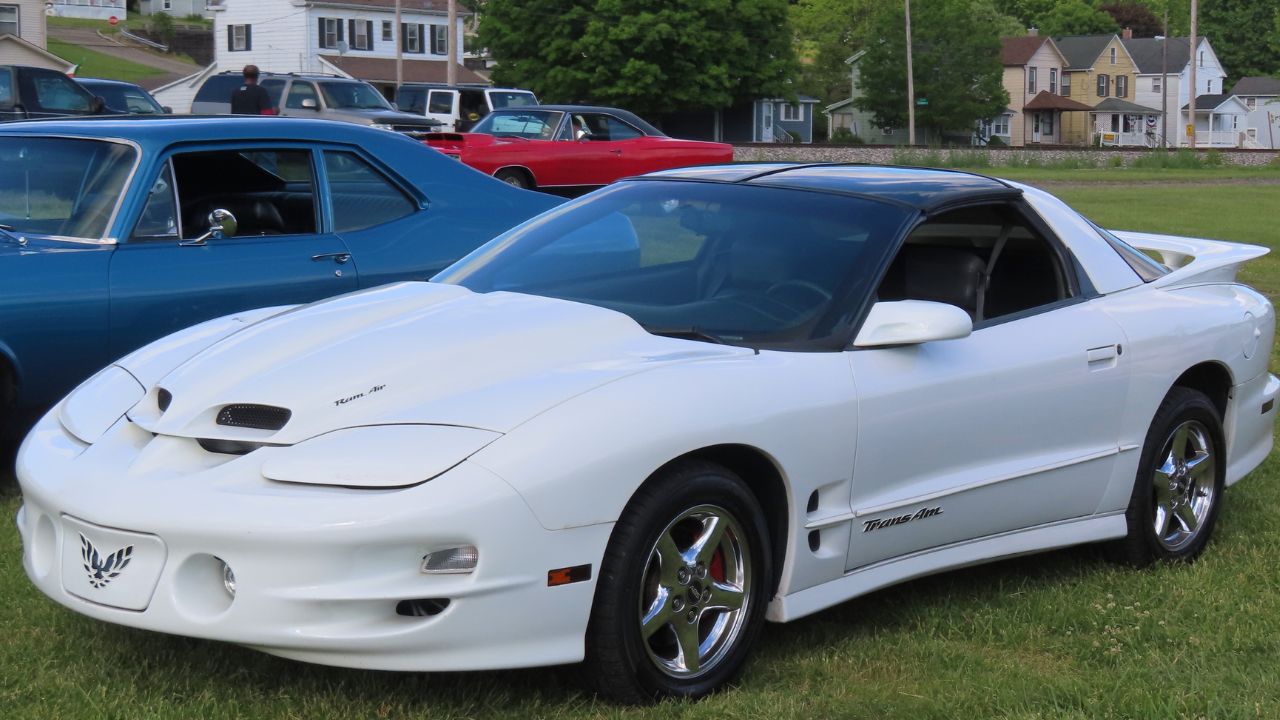
The 1998 Trans Am’s 5.7-liter LS1 V8 produced 305 hp and 335 lb-ft, hitting 0–60 mph in 5.1 seconds and ~160 mph with a six-speed manual, per Motor Trend. Its 101-inch wheelbase and 3,600-pound weight handled well at 0.87g.
Its leather buckets, power seats, and clear gauges were comfy. The T-top option and ram-air hood added flair. Values range $15,000–$35,000, per CLASSIC.COM. Its modern V8 power makes a strong case for a comeback.
Handling Stole the Show
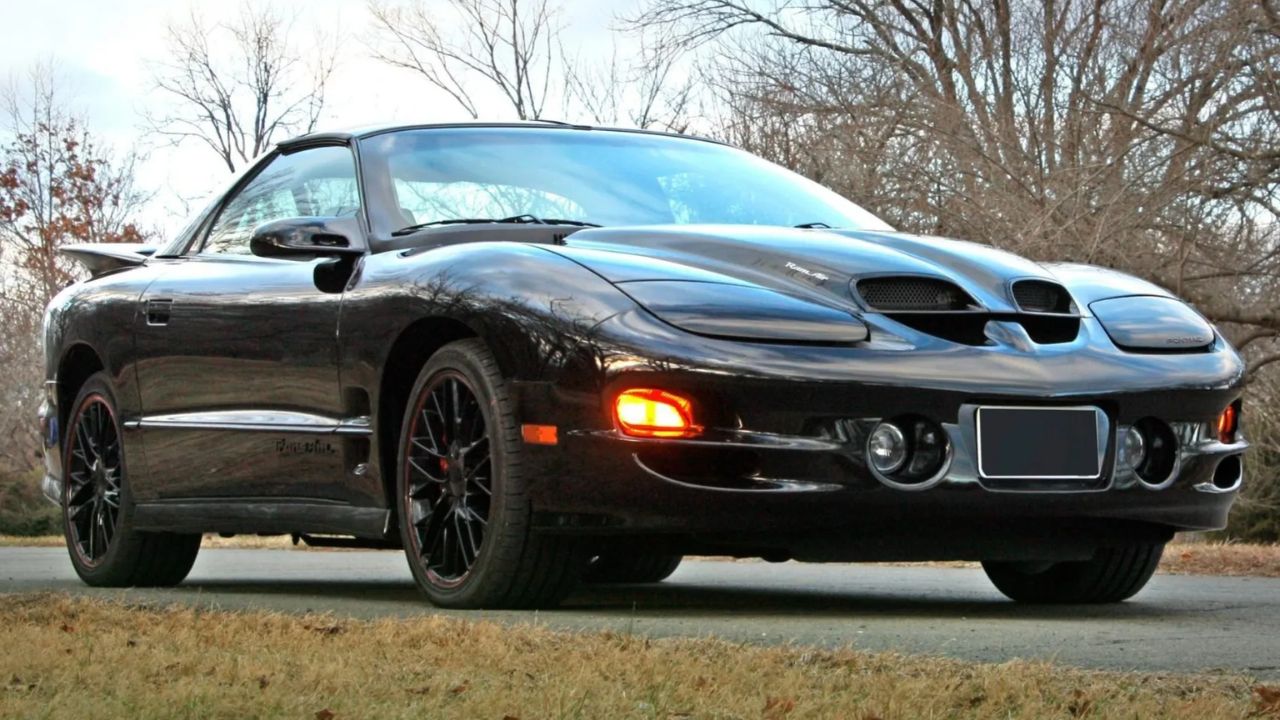
The 1999 Trans Am WS6, with its LS1 V8, hit 0–60 mph in 5.0 seconds and pulled 0.88g on a skidpad, per Motor Trend. Its tuned suspension, 17-inch wheels, and 101-inch wheelbase made it a corner-carver for a 3,600-pound car.
The interior had leather seats, a Monsoon stereo, and a functional dash. Its ram-air hood and spoilers looked sharp. Strong handling and power suggest a new Trans Am could rival today’s muscle cars like the Camaro.
Affordable Performance Legacy

The 2002 Trans Am WS6’s LS1 V8 made 325 hp and 350 lb-ft, hitting 0–60 mph in 4.9 seconds and ~165 mph, per Car and Driver. At ~3,600 pounds with a six-speed manual, it was a bargain at ~$30,000 new, per Hagerty.
Its leather interior, T-tops, and premium audio felt upscale. With values at $20,000–$40,000, it offered Corvette-level performance for less. A revived Trans Am could deliver similar value against today’s pricier competitors.
Trans Am Depot’s Revival
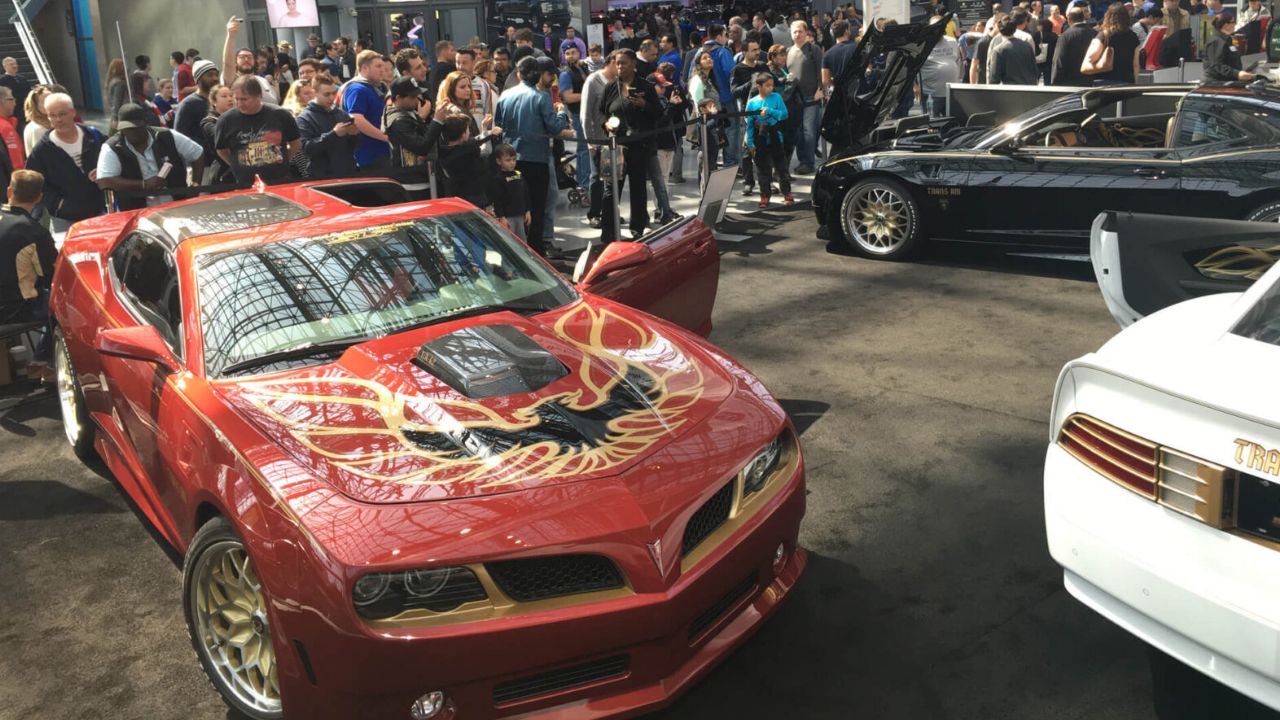
Trans Am Depot’s 2017–2021 models, built on a Camaro platform, used a 6.2-liter LT1 V8 with 455 hp or a supercharged 1,000-hp option, hitting 0–60 mph in ~4 seconds, per HotCars. The 110-inch wheelbase kept it stable at ~3,800 pounds.
Retro styling, with split headlights and a modern interior with digital gauges, nodded to the past. Priced over $100,000, they’re custom builds. Their success shows demand for a factory-backed Trans Am with classic looks and modern power.
Muscle Car Rival Potential
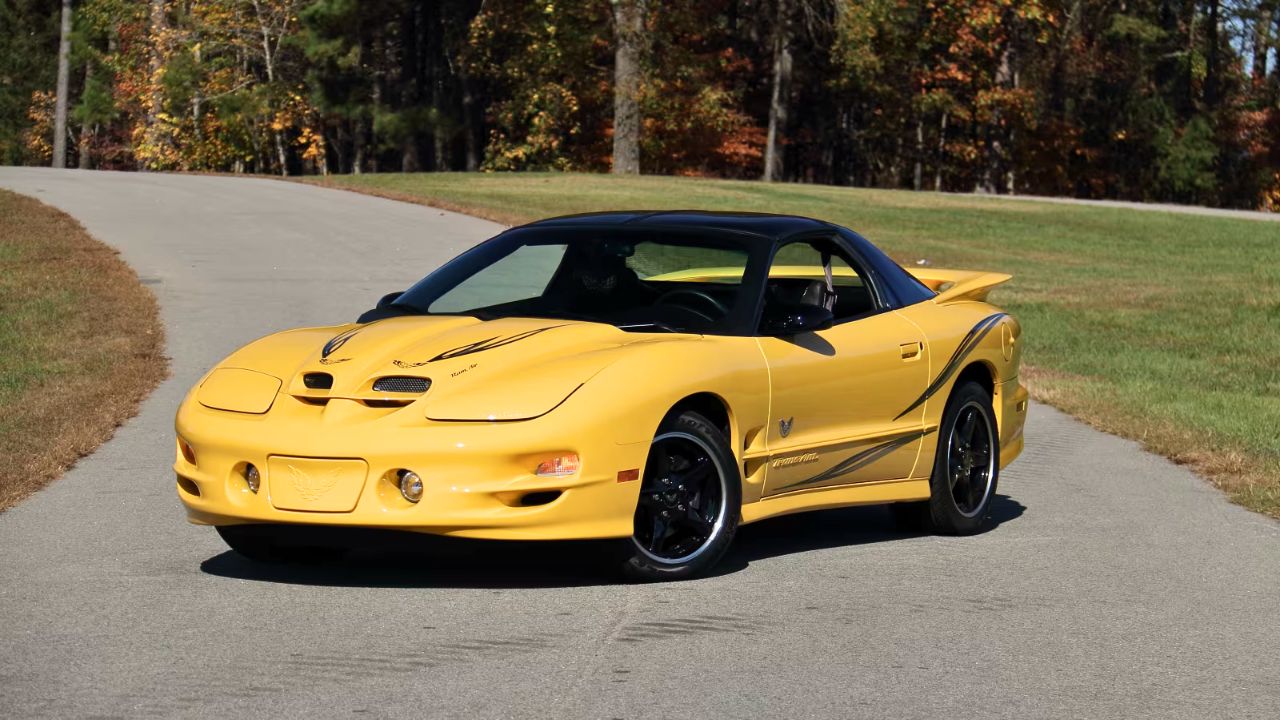
The 2002 Trans Am outpowered the 2002 Mustang GT’s 260 hp with its 325-hp LS1, hitting 0–60 mph in 4.9 seconds versus 5.4, per Car and Driver. Its 101-inch wheelbase and 3,600-pound weight matched rivals like the Camaro SS.
Its leather interior and T-top option felt premium. With Dodge and Ford reviving muscle cars, a new Trans Am could compete, blending heritage styling with GM’s 6.2-liter V8 for 400+ hp, keeping pace with today’s Challenger or Mustang.

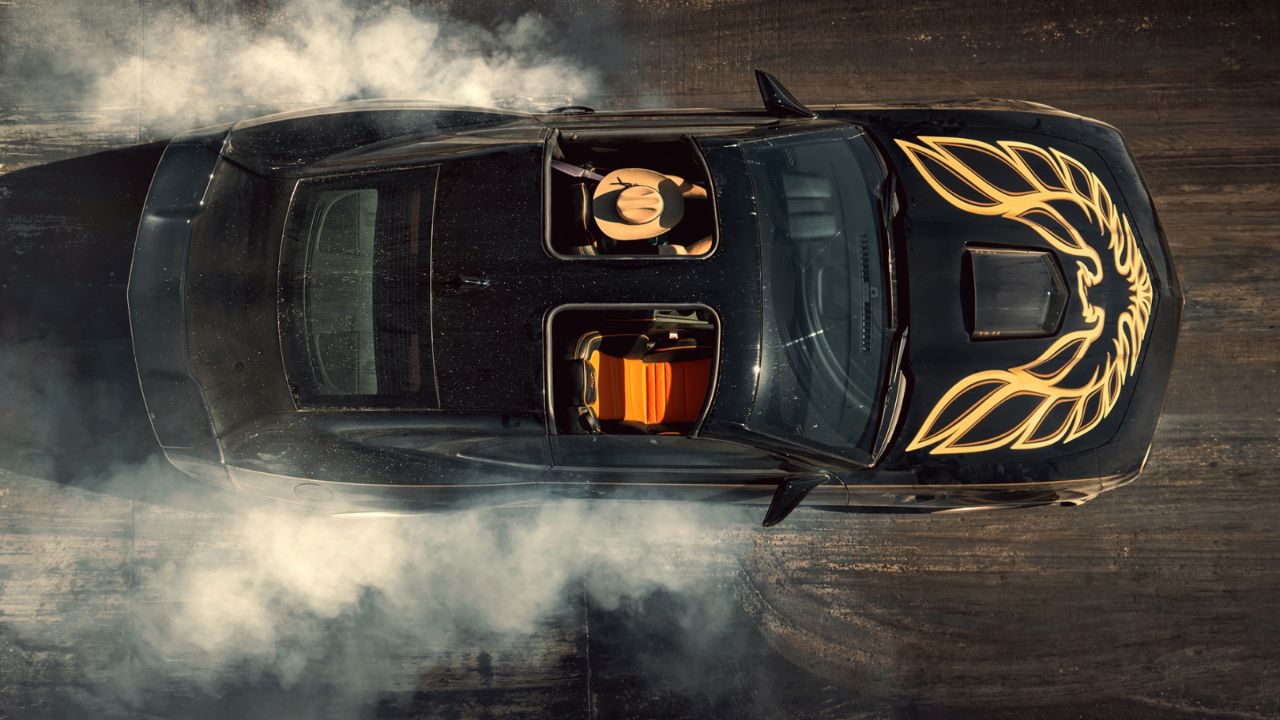

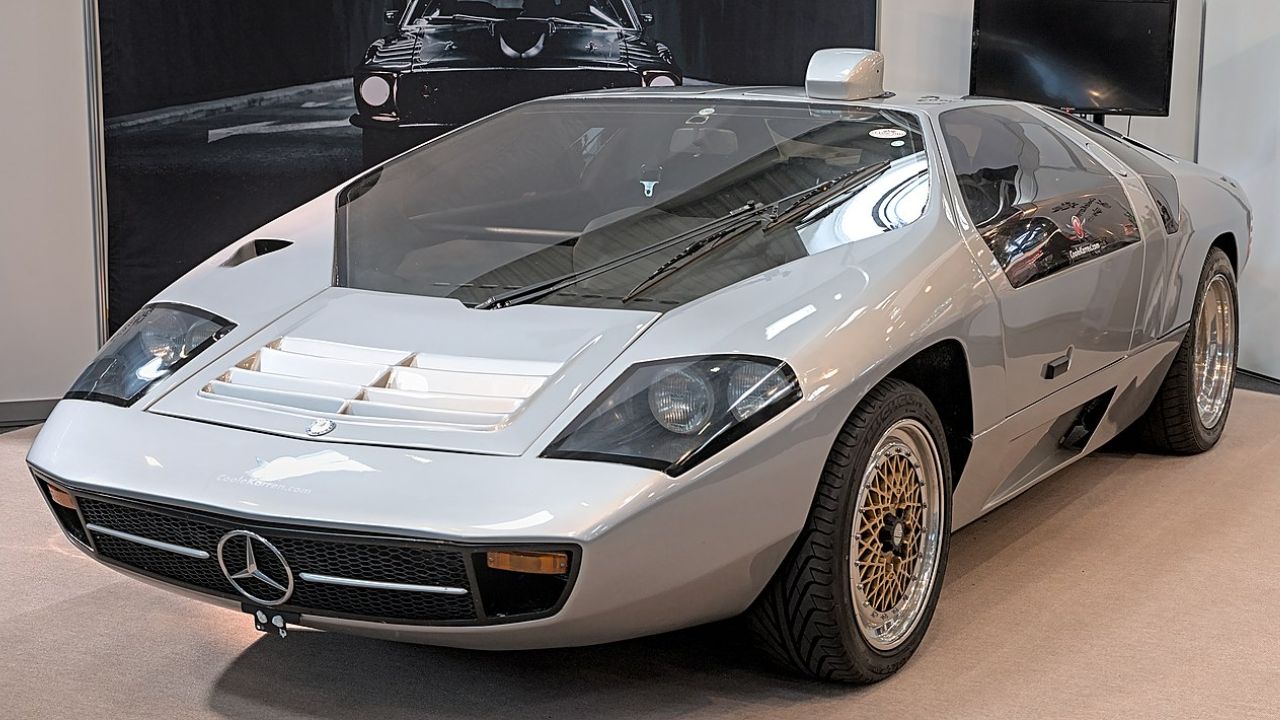

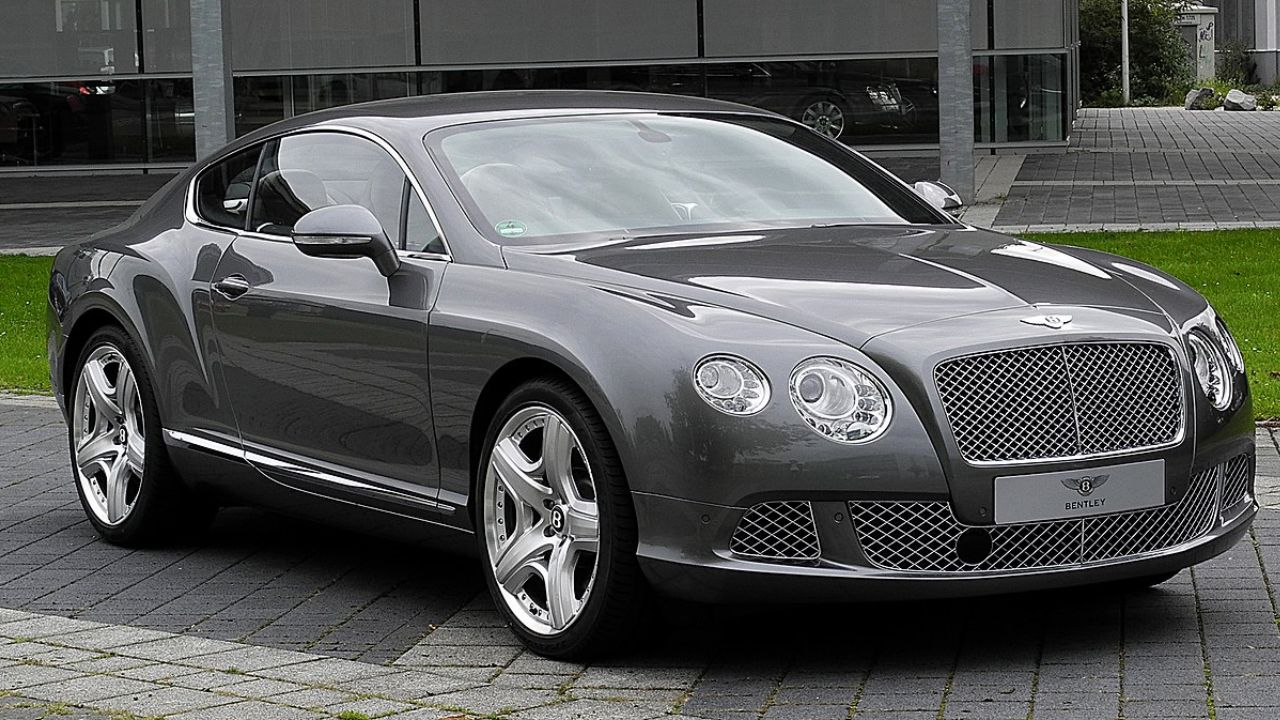

Leave a Reply